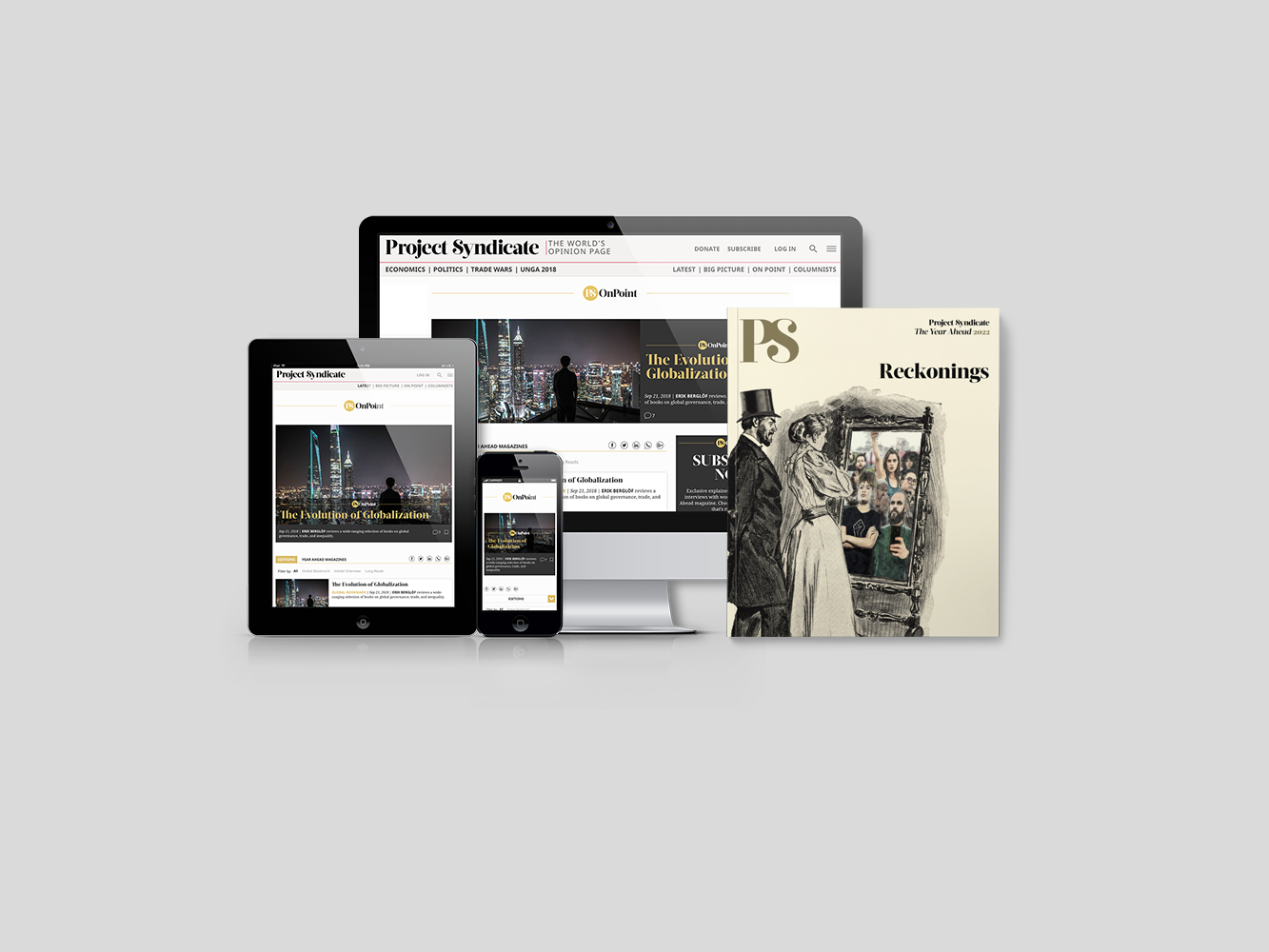Beyond Universal Education
It is time for the UN and other international bodies to move beyond a singular focus on enrollment numbers and grapple with the problem of quality in education. A child’s potential is truly unleashed only when he or she learns to spot and seize the opportunities his or her parents never had.
DHAKA – As the World Education Forum meets in Incheon, South Korea, it is time to confront some unsettling facts about the state of education in the world today. More than 91% of children of primary school age are now enrolled in school, but progress on educating the remaining 9% has slowed to a near standstill. The numbers have barely moved since 2005, and girls are still disproportionately left behind.
Worse, the headline figures do not describe the true depth of the problem. In poorer countries, even children privileged enough to have access to a classroom often do not receive a good education. According to UNESCO, of some 650 million primary-school-age boys and girls, an estimated 250 million will not learn to read or count, regardless of whether they have gone to school.
Moreover, in many parts of the developing world, state school systems are leaving tens of millions of children behind because of poverty and discrimination. These children’s true education will be that of the soil or the streets. They will grow up working as smallholder farmers, sharecroppers, and wage laborers, and will struggle to send their own children to school.
It is time for the United Nations and other international bodies to move beyond a singular focus on enrollment numbers and grapple with the problem of quality in education. In September, my organization, BRAC, joined a collaborative effort, led by Hillary Clinton and former Australian Prime Minister Julia Gillard, that puts more girls in school while addressing the problem of quality for both genders.
As part of that effort, BRAC, which is already the world’s largest private secular education provider, plans to invest at least $280 million to reach 2.7 million additional girls and train 75,000 teachers by 2019. We call on others to make similar investments.
All too often, poor countries’ approach to education remains stuck in the colonial era, favoring rote memorization over true learning. Schools do little to impart the life and work skills needed to prepare young people for the twenty-first-century knowledge economy. Children are awarded higher grades for writing sentences exactly like the ones they see in textbooks than for coming up with ideas of their own.
Subscribe to Project Syndicate
Our newest magazine, The Year Ahead 2022: Reckonings, is here. To receive your print copy, delivered wherever you are in the world, subscribe to PS for less than $9 a month.
As a PS subscriber, you’ll also enjoy unlimited access to our On Point suite of premium long-form content, Say More contributor interviews, The Big Picture topical collections, and the full PS archive.
This is an approach that fails to foster curiosity, self-confidence, and independent thinking. It is also especially ill-suited for children from poor backgrounds, who find much of what they are taught in the classroom to be irrelevant to their daily lives.
I was pleased when, in May, a panel tasked by UN Secretary-General Ban Ki-moon came up with a post-2015 development agenda that included quality education, not just universal access, as one of its recommendations. Setting targets based on quality rather than quantity will be difficult but not impossible.
Basic outcomes of literacy and numeracy are imperative. But so are standards for social and emotional learning, which stresses the importance of recognizing our emotions, learning how to deal with them, and fostering empathy for others. These skills, known as “emotional intelligence,” are just as important for children in poor countries as they are for children in rich countries.
In conflict and post-conflict environments like Afghanistan or South Sudan, a safe and peaceful future will depend on a new generation being able to heal its emotional and psychological wounds, just as it did in my native Bangladesh after our Liberation War in 1971. Even in countries not scarred by war, navigating one’s way out poverty requires emotional intelligence, in addition to problem-solving skills and critical thinking.
Given recent cuts in aid for education, some might object that focusing on quality and emotional intelligence are luxuries that we cannot afford. This is not the case. In Bangladesh, we have found a way to bring quality education to the poor, with schools that cost just $36 per student per year. With community support, local women are trained to teach children to think for themselves. One-room schools operate out of rented and borrowed spaces to save costs. A majority of the students in every classroom are girls.
We need to promote universal standards for education, not just universal access, for both girls and boys. A child’s potential is truly unleashed only when he or she learns to spot and seize the opportunities that his or her parents never had. This is the standard we should set, and it will be a great moment indeed when it is universally adopted.



No comments:
Post a Comment